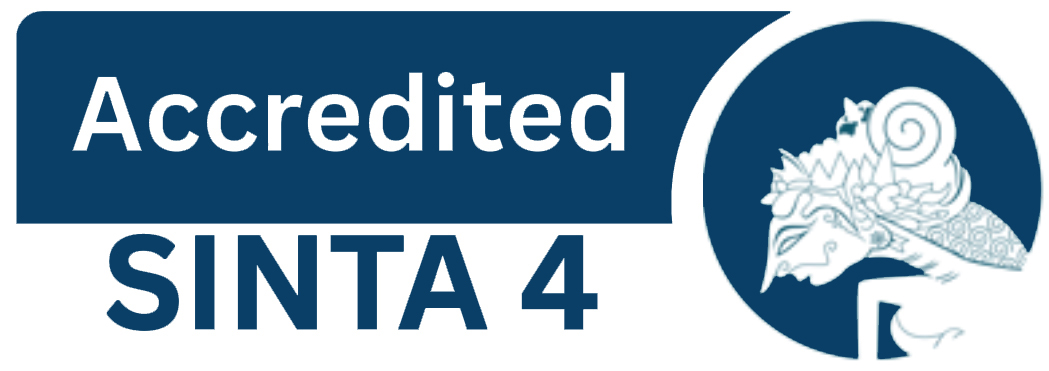Penggunaan model pembelajaran two stay two stray (TS TS) dalam meningkatkan kemampuan pemecehan masalah IPAS kelas IV sekolah dasar
DOI:
https://doi.org/10.22460/collase.v8i3.25275Abstract
This research was motivated by the low problem-solving skills of students in the subject of cultural diversity in Indonesia. This is due to teachers still using conventional and teacher-centered learning models in teaching. The objectives of this study were: (a) To improve students' problem-solving skills in learning about cultural diversity in Indonesia after implementing the Two Stay Two Stray (TS TS) learning model, (b) To determine students' responses to learning using the Two Stay Two Stray (TS TS) learning model to improve problem-solving skills, and (c) To identify the challenges faced by teachers in implementing the Two Stay Two Stray (TS TS) learning model to improve problem-solving skills. This research was conducted in one elementary school located in West Bandung Regency with 25 students and 1 homeroom teacher. The research method used was a mixed methods design with an explanatory sequential design. The data collection techniques in this study were pre-test and post-test, student responses using questionnaires, and interviews with the homeroom teacher. The results of the pre-test obtained an average final score of 49.16, while the post-test obtained an average final score of 81.46. Based on the research results through statistical calculations using the Normality Test, T-Test, and N-Gain, there was an increase in students' problem-solving abilities in the subject of cultural diversity in Indonesia with an N-Gain value of 62.45, categorized as fairly effective. This indicates that the Two Stay Two Stray (TS TS) learning model can improve problem-solving skills in the subject of cultural diversity in Indonesia.
Downloads
Published
Issue
Section
License
Copyright (c) 2025 Siti Alifia Maulina, Medita Ayu Wulandari, Uus Kuswendi

This work is licensed under a Creative Commons Attribution-ShareAlike 4.0 International License.



